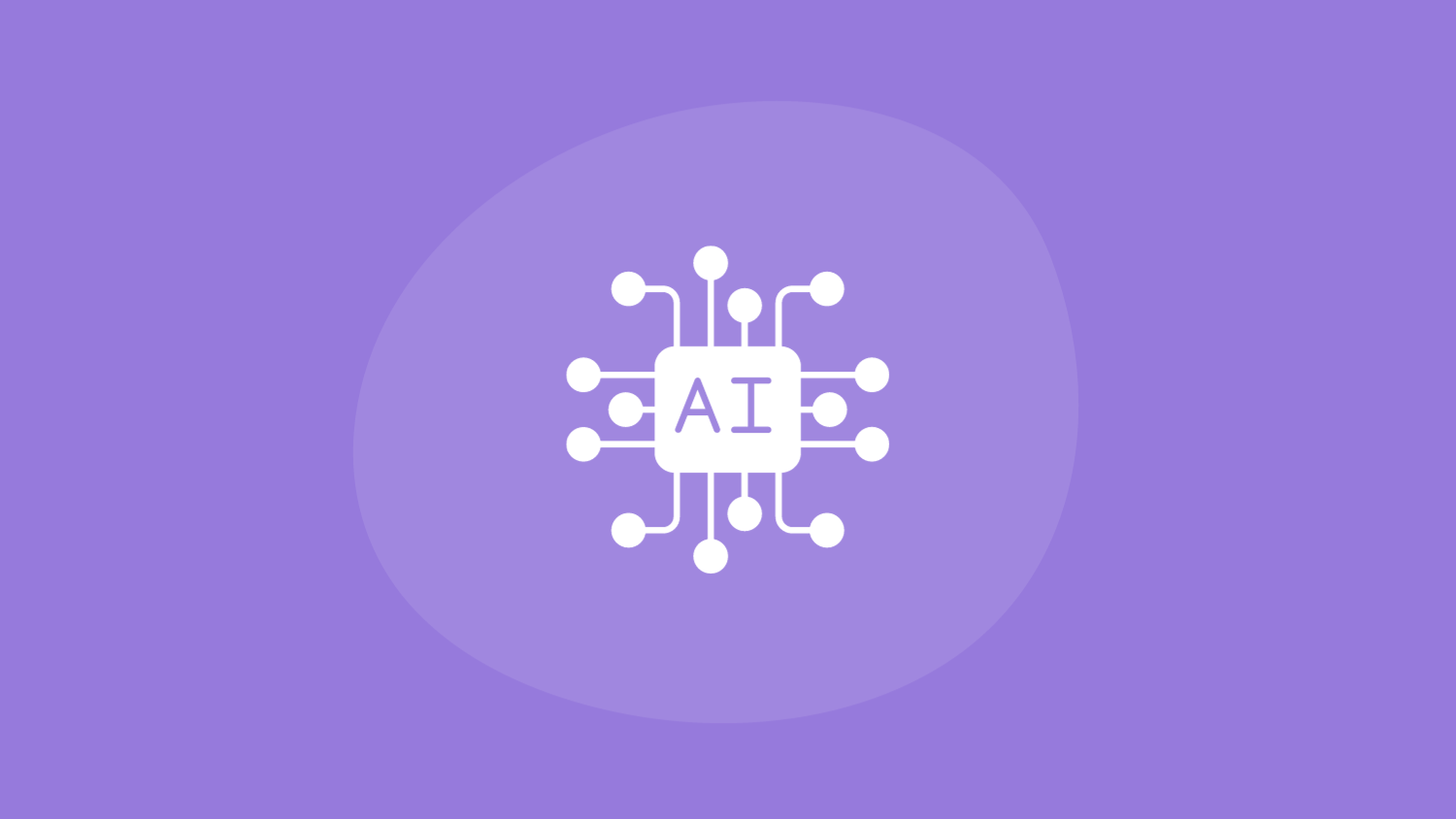Author: Antoinette Morris
Posted: 14 Sep 2023
Estimated time to read: 4 mins
AI has taken education by storm and already started changing some of how we do things around here. Keep reading for a discussion of the benefits and downsides of AI in the classroom.
It sometimes feels like AI came into our lives overnight. Suddenly things that took hours now take seconds and questions about how this new resource would change education started to surface. So what are the benefits?
The benefits of using AI in education
Personalised learning: One of the most significant advantages of AI in education is its ability to provide personalised learning experiences. Customisation ensures that students receive the support they need while still being challenged, rather than just doing exactly the same thing as everyone else. Moving away from a one-size-fits-all approach to education will ultimately lead to improved learning outcomes for all students.
Efficient administrative tasks: Teachers often spend a substantial amount of time on administrative tasks, such as grading assignments and managing schedules. AI can automate these processes, allowing educators to focus more on teaching and nurturing their students.
Data driven insights: AI can analyse vast amounts of data at very high speeds to provide valuable insights into student performance. Teachers can use these insights to identify struggling students, understand their specific challenges and develop targeted interventions. A data-driven approach like this, made possible by AI, enables educators to make informed decisions and provide the best possible support to their students.
Enhanced collaboration: AI can facilitate collaboration among students and teachers. For instance, AI-powered virtual classrooms enable seamless communication and real-time collaboration, breaking down geographical barriers and promoting global learning experiences. This fosters a more inclusive and interconnected educational environment.
Adaptive assessments: AI-driven assessments can adapt to each student's level of knowledge and learning pace. This means that students are assessed on what they have learned and not overwhelmed with material beyond their current understanding. These assessments can provide a fairer and more accurate representation of a student's abilities, leading to improved future action plans.
Professional development: AI can also support teachers in their professional development by recommending relevant training programs, suggesting teaching strategies based on classroom data and offering resources to improve instructional skills. This continuous support can help educators stay up-to-date and excel in their profession.

What happens when students use AI to write work for them?
As exciting as those benefits are, many educators feel concerned about students using AI to write their work. Here are some of the key reasons:
Plagiarism and academic integrity: The ease with which AI can generate written content raises concerns about plagiarism and academic integrity. Students may be tempted to use AI to produce essays, reports or assignments without fully understanding or engaging with the material. This undermines the educational process and devalues the assessment of students' genuine skills and knowledge. Tricky for teachers who may not always be able to tell the difference.
Lack of critical thinking and creativity: Relying on AI for doing homework can hinder the development of critical thinking and creativity. When students use AI as a crutch, they may miss out on the opportunity to engage deeply with the subject matter, formulate their own ideas and express their unique perspectives. This could come back to bite them in an exam setting
Loss of writing skill: Writing is an essential skill that goes beyond academic requirements. Depending too heavily on AI for writing can lead to a decline in students' writing abilities over time. Effective communication through writing is a valuable skill that should not be overshadowed by AI convenience.
Inequality and accessibility: Not all students have equal access to AI-powered tools, creating disparities in educational opportunities. Students with limited access to technology or AI resources may face disadvantages compared to their peers, exacerbating educational inequalities.
Ethical dilemmas: The use of AI to write assignments raises ethical questions about the authenticity of academic work. It challenges the traditional notion of academic honesty and creates dilemmas for educators in detecting and addressing AI-generated content. Teachers aren't AI detecting machines!
Want to learn more about using technology in schools? Check out this post about cloud computing!
Supercharge your productivity with AI
Get your evenings and weekends back and fall in love with teaching again, all thanks to the help of your new AI Sidekick! Save valuable time creating homework, quizzes, spelling tests and lesson plans using the magic of generative AI, all without leaving Satchel One.


